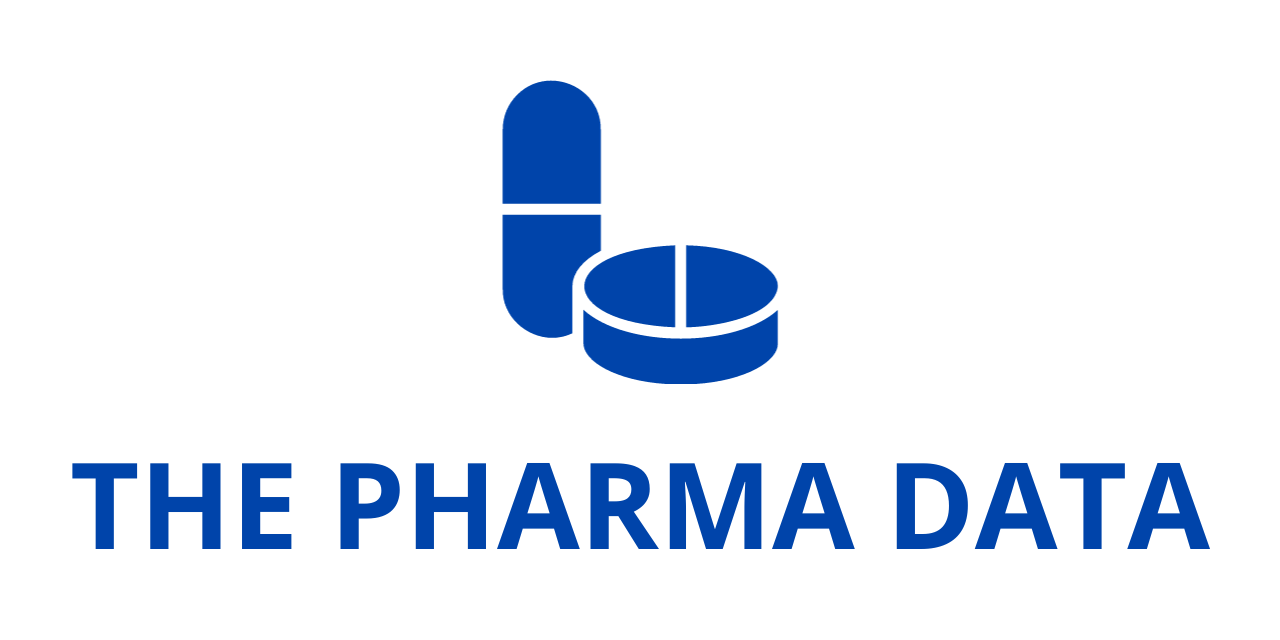
Bleximenib Shows Promise in AML When Combined with Venetoclax and Azacitidine, According to Johnson & Johnson’s Phase 1b Data Presented at EHA 2025
Johnson & Johnson today presented new and promising Phase 1b data demonstrating strong antileukemic activity and a favorable safety profile for bleximenib (JNJ-75276617) in combination with venetoclax (VEN) and azacitidine (AZA) in patients with acute myeloid leukemia (AML) who harbor KMT2A gene rearrangements (KMT2Ar) or NPM1 mutations (NPM1m). The data were revealed during an oral presentation (S137) at the 2025 European Hematology Association (EHA) Congress in Vienna, reflecting ongoing progress in developing new treatment options for patients battling this aggressive hematologic malignancy.
AML: An Unmet Medical Need with Limited Survival and Few Durable Treatments
Acute myeloid leukemia (AML) is recognized as the most frequently encountered form of acute leukemia in adults, yet it stands out due to its poor prognosis and low survival rate — even with standard treatments. The disease’s complex biology and resistance mechanisms contribute to unfavorable outcomes, particularly for patients with KMT2A-rearrangements or NPM1 mutations. Currently, many patients who are ineligible for intensive chemotherapy or who relapse after their initial treatment face limited treatment options and poor responses, underscoring a significant and ongoing unmet need.
Bleximenib: A Targeted Approach to Improve Outcomes in AML
Bleximenib is a potent, selective inhibitor designed to target the menin-MLL complex, which plays a crucial role in the pathogenesis of acute leukemia, especially in cases with KMT2A-rearrangements or NPM1 mutations. This small molecule inhibits the interaction between menin and its binding partners, thereby affecting the expression of genes that promote leukemia progression.
The new data presented at EHA reflect the growing understanding that inhibiting this complex, in combination with standard-of-care treatments, may produce deep and durable responses in patients with poor-risk disease. Specifically, bleximenib, when combined with the BCL-2 inhibitor venetoclax and the hypomethylating agent azacitidine, demonstrated a potent and well-tolerated activity profile in both relapsed or refractory (R/R) and newly diagnosed, intensive chemotherapy-ineligible AML.
Study Design and Methodology — Phase 1b (NCT05453903)
The Phase 1b study (NCT05453903) was designed to identify the recommended Phase 2 dose (RP2D) for bleximenib in combination with VEN + AZA and to gather additional data related to its safety, tolerability, and efficacy. The trial evaluated 125 patients with relapsed or refractory AML, as well as those who were newly diagnosed but ineligible for intensive chemotherapy — all with KMT2A-rearrangements or NPM1 mutations.
Of these 125 participants, 52 had KMT2A-rearrangements, and 73 had NPM1 mutations. Among the 85 relapsed or refractory patients, 36% had previously received a single line of treatment, 42% had undergone two lines, and 12% had gone through as many as three lines of prior therapy. Importantly, nearly half (47%) had previously been treated with the BCL-2 inhibitor venetoclax — reflecting the heavy treatment pressure and resistance mechanisms that frequently arise in this patient population.
Efficacy Outcomes — Overall Response and Composite Complete Response
At a bleximenib dose of 100mg twice daily in combination with VEN + AZA, the study demonstrated impressive efficacy signals alongside a tolerable safety profile. Among relapsed or refractory patients, the Overall Response Rate (ORR) was 82%. This ORR includes both complete responses (CR) and composite complete responses (cCR), with a composite complete response rate of 59%. Importantly, for newly diagnosed, intensive chemotherapy-ineligible patients, the ORR was even higher at 90% and the composite complete response rate was 75%. These data suggest that bleximenib, when used alongside standard therapy, may enable a greater depth of response in a patient population that typically responds poorly to standard treatment.
Safety Profile — Manageable Side Effects and Few Adverse Events of Concern
Safety analyses from the study indicate a tolerable and manageable side effects profile across patient groups, disease subtypes, and dose cohorts. At the RP2D in combination with VEN + AZA, differentiation syndrome — a potential side effect sometimes associated with differentiation therapy — was reported in only two of 49 patients (4%). Importantly, there were no cases of QTc prolongation of Grade 3 or greater, and only 6% of patients experienced Grade 1 prolongation.
The most frequently reported all-grade treatment-emergent adverse events (TEAEs) included nausea (65%), thrombocytopenia (61%), neutropenia (59%), and anemia (49%). The most commonly documented Grade 3 or higher TEAEs were thrombocytopenia (59%), neutropenia (59%), and anemia (49%). Overall, the safety profile was consistent across different patient groups, adding further confidence in the combination’s tolerability.
Commitment to Transformative Treatments for AML
“Building on our heritage of leadership and innovation in hematologic malignancies, we remain committed to delivering transformative treatment options for patients with acute myeloid leukemia — especially those with high-risk disease and limited options after standard treatment routines have been tried or when aggressive therapy is not appropriate due to health issues or age-related complications,” said Jeffrey Infante, M.D., Vice President of Early Clinical Development and Translational Research at Johnson & Johnson Innovative Medicine.
He further explained: “We continue to explore bleximenib’s potential both as a monotherapy and in combination with standard-of-care regimens in additional Phase 2 and 3 trials, which are currently underway and actively enrolling patients. Our aim is to bring forward a new era of treatment for a disease that desperately needs new and more effective options.”
Bleximenib, in combination with venetoclax and azacitidine, shows strong activity and a manageable safety profile in both relapsed or refractory and newly diagnosed, intensive chemotherapy-ineligible patients with KMT2A-rearrangements or NPM1 mutations. These data underscore its potential to become a powerful new standard-of-care option for a population with significant unmet need. The ongoing and future trials will further clarify its role in improving outcomes for patients battling this aggressive form of leukemia.





